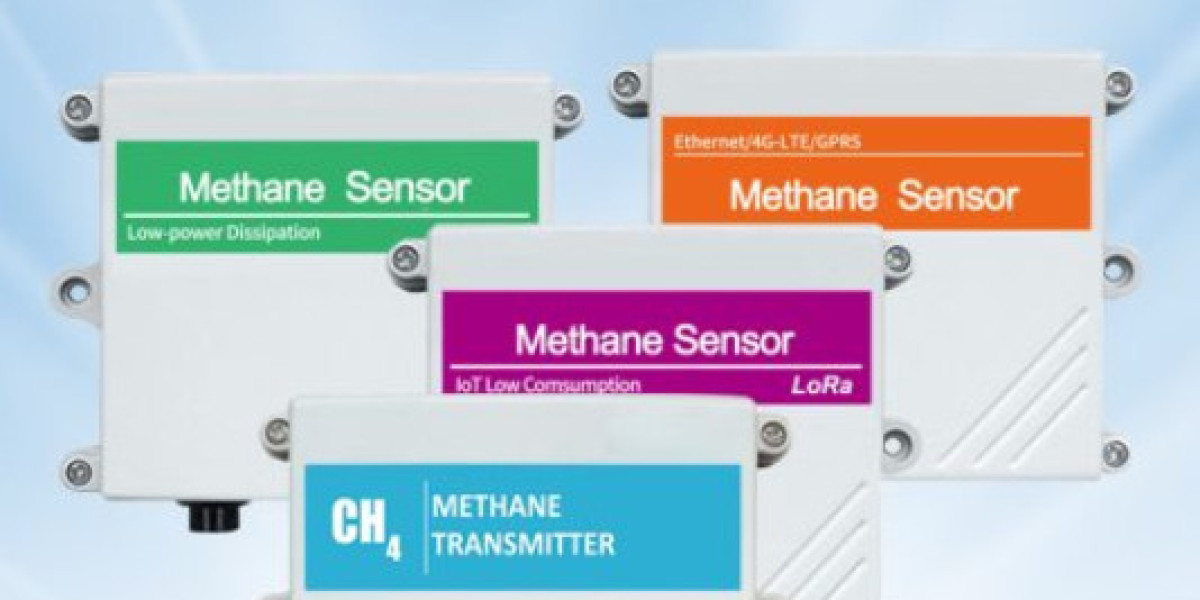Gas detectors are sophisticated instruments designed to measure the concentration of gases in the air, playing a critical role in safety and environmental monitoring. These devices can detect various types of gases, including flammable, toxic, oxygen-depleting, and even specific volatile organic compounds (VOCs). They are essential in industries such as oil and gas, mining, chemical manufacturing, and even in household settings where carbon monoxide or radon might pose a risk.
The operation of gas detectors relies on several technologies, including electrochemical sensors, infrared absorption, catalytic combustion, and photoionization. Each technology is suited to different types of gases and environments. For instance, electrochemical sensors are ideal for detecting toxic gases at low concentrations, while infrared detectors are more effective for measuring hydrocarbons.
Gas detectors often come with alarms that trigger when gas levels reach potentially dangerous thresholds, alerting workers or residents to evacuate or take corrective measures. They can be portable for personal use or fixed installations for continuous monitoring. Regular calibration and maintenance are crucial to ensure their reliability and accuracy.
In summary, gas detectors are indispensable tools for maintaining safety in environments where hazardous gases may accumulate, preventing accidents, and saving lives.








